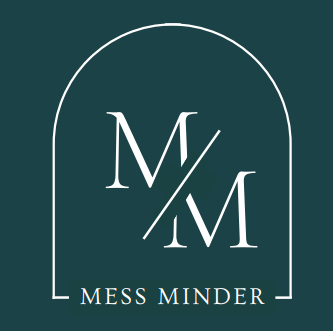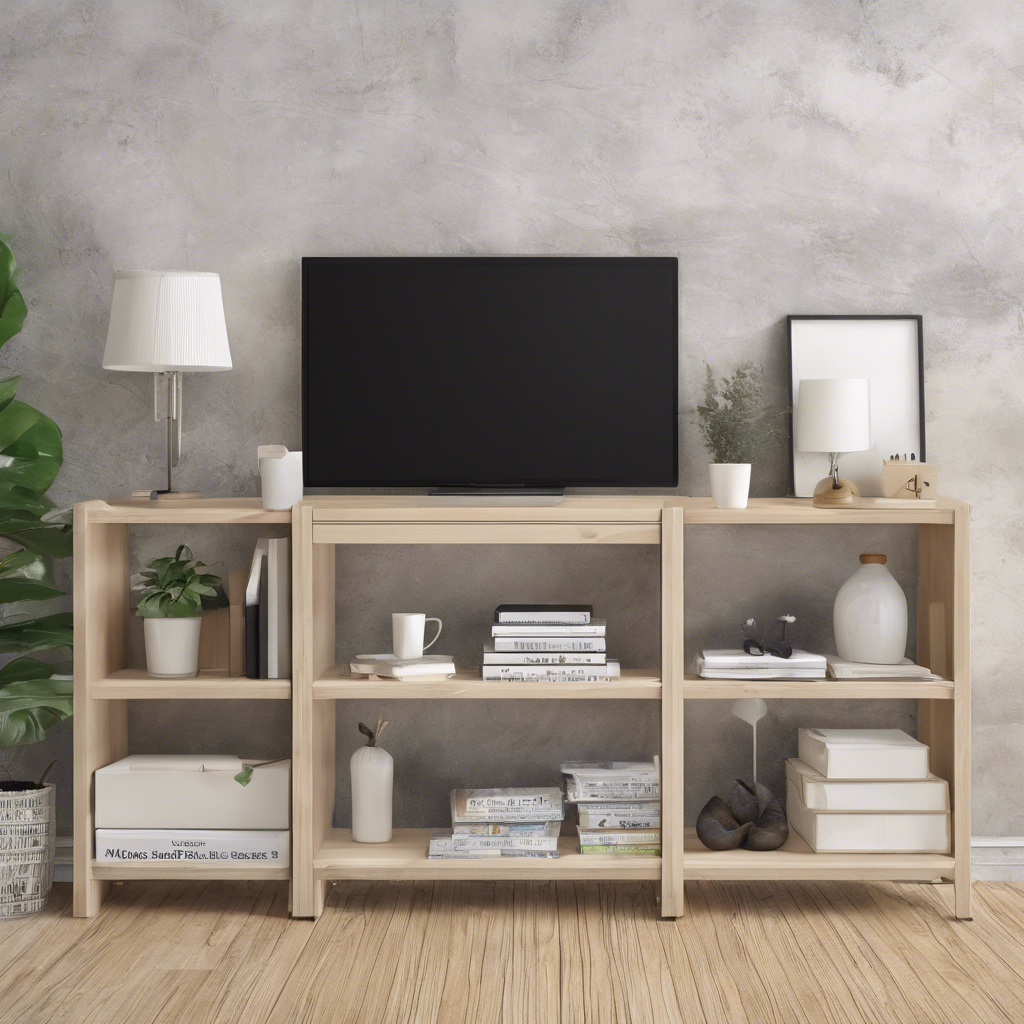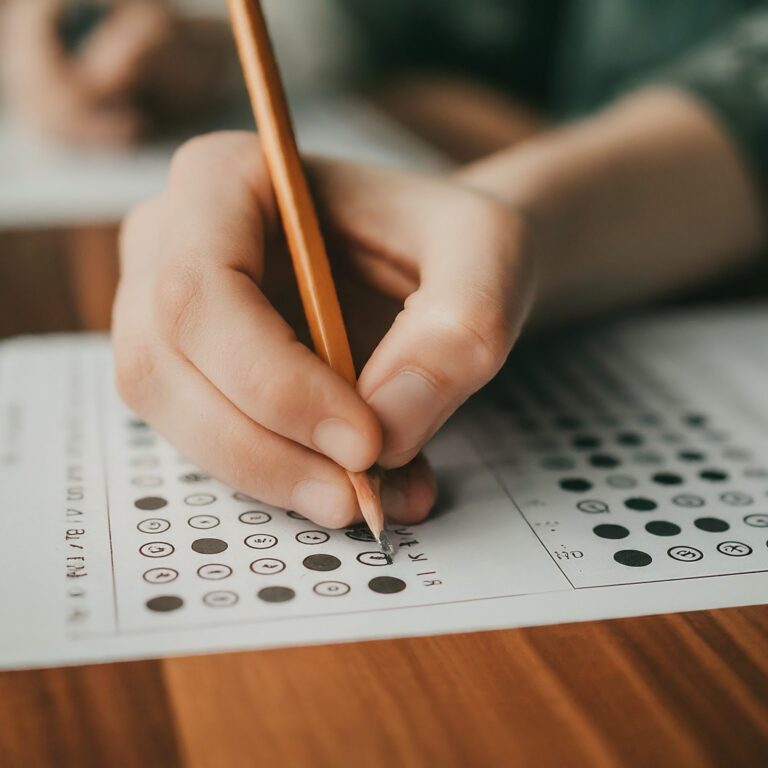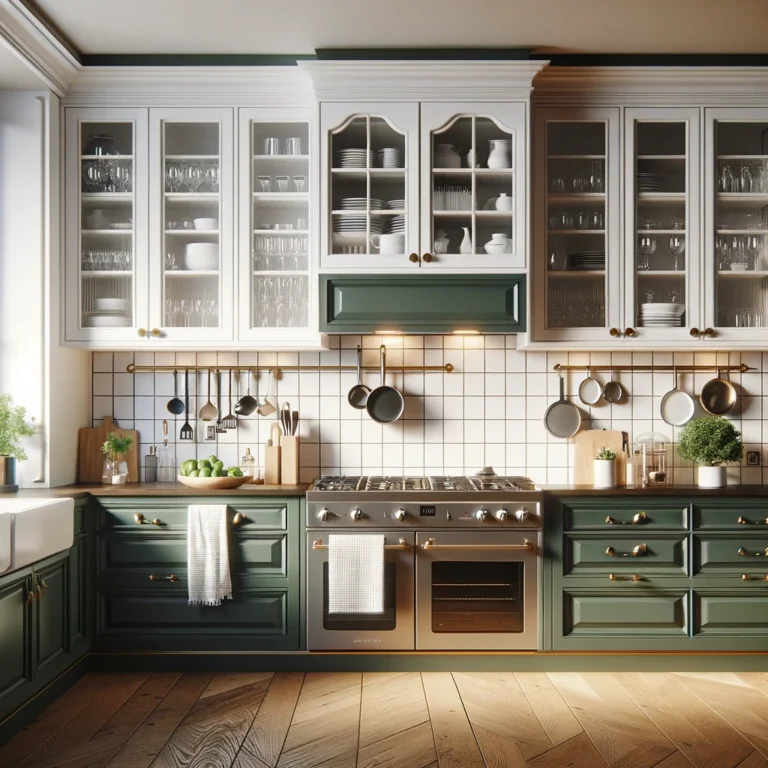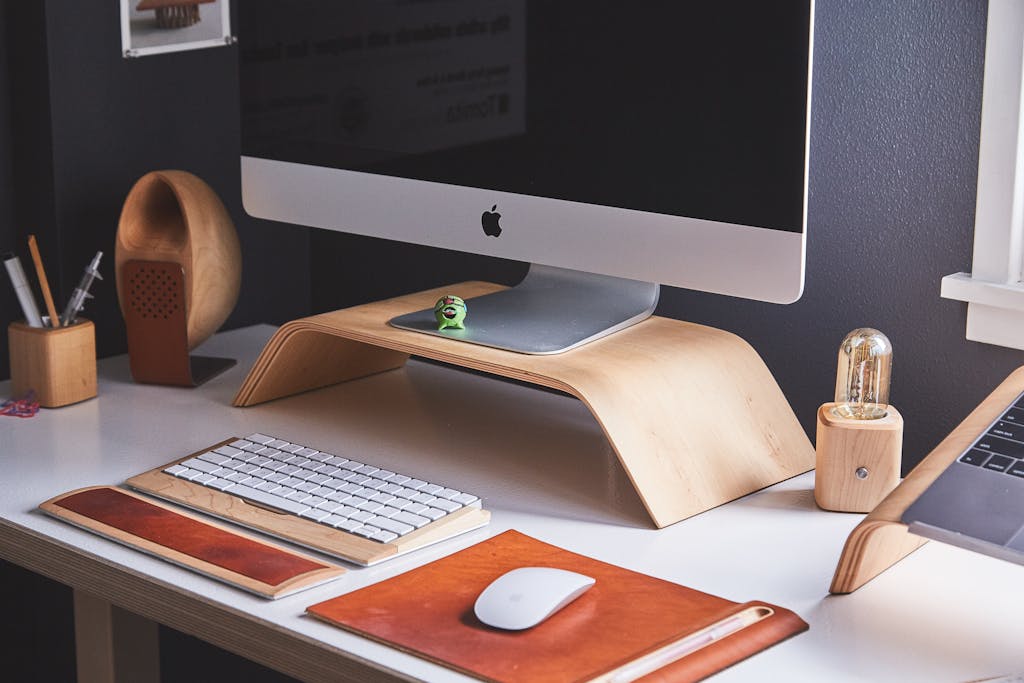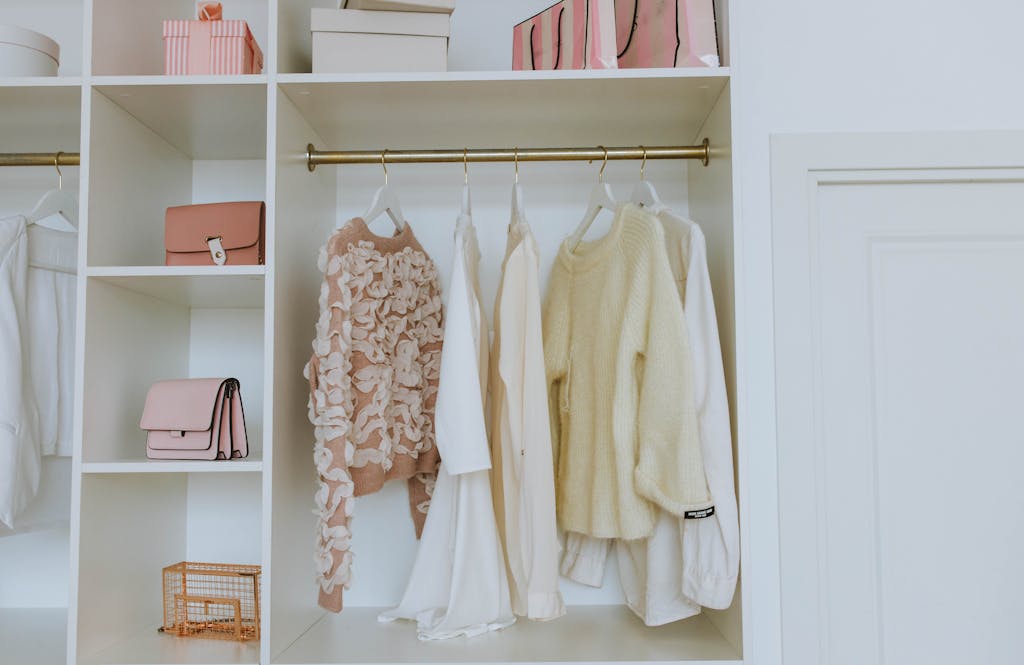The art of decluttering and organizing is a skill that transcends the mere act of tidying up. It involves a unique blend of decision-making, categorization, and strategic placement of items. In essence, decluttering and organizing require a three-step routine: plan, purge, and store.
Understanding the Three-Step Routine – Plan, Purge and Store:
Before we delve into the specifics of the five techniques that facilitate this process, let’s comprehend the crux of planning, purging, and storing.
1. Plan
Planning is the primary stage of the decluttering process. It involves determining which areas need attention, setting realistic goals, and identifying the necessary tools and steps to achieve these goals. Planning helps to create a clear roadmap for the decluttering journey.
2. Purge
Purging is all about eliminating the unnecessary. It involves a thorough evaluation of items and discarding those that no longer serve a purpose or bring joy. The aim is to minimize clutter and create a more efficient and enjoyable space.
3. Store
The final step, storing, involves the strategic placement and organization of the remaining items. This step ensures ease of access, maximizes space, and enhances the overall aesthetics and functionality of the space.
The Five Techniques to Plan, Purge, and Store
Having understood the fundamental steps, let’s now explore five effective techniques that can help you plan, purge, and store items in a more organized and efficient way. These are:
1. Condition and Calamity (C&C) approach
2. Objective, Tools, and Steps (OTS) strategy
3. Minimize, Maximize, and Maintain (MMM) method
4. Treasure, Trash, Tools, Toys (4T’s) concept
5. C.O.P.E. (Category, Order, Proximity, and Ease of Use) system
For Plan step:
1. Condition and Calamity (C&C)
The C&C approach helps in prioritizing tasks based on the severity of the condition and the potential calamity if left unresolved.
1.1 Condition
Condition refers to the current state of organization in a given area. It helps in identifying the areas which require immediate attention.
For example: An home office with disorganized bills that require immediate attention to prevent missing bill payment deadlines.

1.2 Calamity
Calamity refers to the potential mishaps or disastrous outcomes that could occur due to lack of organization. It helps in determining the urgency of organizational tasks.
For example: Inefficient inventory management leading to potential stock shortages and delayed deliveries.
2. Objective, Tools, and Steps (OTS)
The OTS strategy involves setting clear objectives, identifying the necessary tools, and outlining the steps to achieve these objectives.
2.1. Objective
The objective is the goal or the reason for a plan. It could be as simple as organizing last year’s bills or as complex as decluttering an entire house.
2.2. Tools
Tools refer to the items needed to organize the stuff. These could range from storage boxes to digital tools like apps and software.
2.3. Steps
Steps are the planned actions that lead to the achievement of the objective. They provide a clear pathway to the goal and help in scheduling the tasks effectively. For example: Your steps to organize your closet can be – Sort through items, declutter, categorize, label, and arrange items in designated spaces.
For purge step:
1. Minimize, Maximize, and Maintain (MMM)
The MMM method is all about minimizing clutter, maximizing space, and maintaining the order.
1.1. Minimize
Minimizing involves reducing the number of items in a space. It entails purging unnecessary belongings through discarding, donating, or recycling. The principle is simple: to be organized, you must minimize.
For example: Decluttering a wardrobe by donating clothes that are no longer worn or no longer fits.
1.2. Maximize
Maximizing involves making the best use of the available space. It’s about ensuring that the space and the items within it are used to their full potential. To be organized, you must maximize.
For example: Using vertical space for storage to maximize the use of a small closet.
1.3. Maintain
Maintaining is about preserving the order created through minimizing and maximizing. It’s a continuous process that involves regular decluttering and reorganization. To be organized, you must maintain.
For example: Regularly reviewing your closet and purging items to prevent clutter from building up again. You can use a 1-in-2-out system where for every one clothing item that you add to your closet, 2 unused clothing can be donated.
2. Treasure, Trash, Tools, Toys (4T’s)
The 4T’s concept assists in categorizing possessions based on their functional and emotional value.
2.1 Treasure
A treasure is an item with high emotional value but low functional value. It’s something that the owner feels a strong emotional connection with.
For example: A family heirloom with sentimental value but limited practical use.
2.2 Trash
Trash refers to items with low emotional and functional value. These are typically items that are broken, outdated, or simply not liked.
For example: Broken or obsolete gadgets that have no emotional attachment.
2.3 Tools
A tool is an item with high functional value but low emotional value. It’s an item that serves a purpose and makes life more convenient. For example: Kitchen utensils or tools used for specific tasks like gardening, power tools, hand tools.
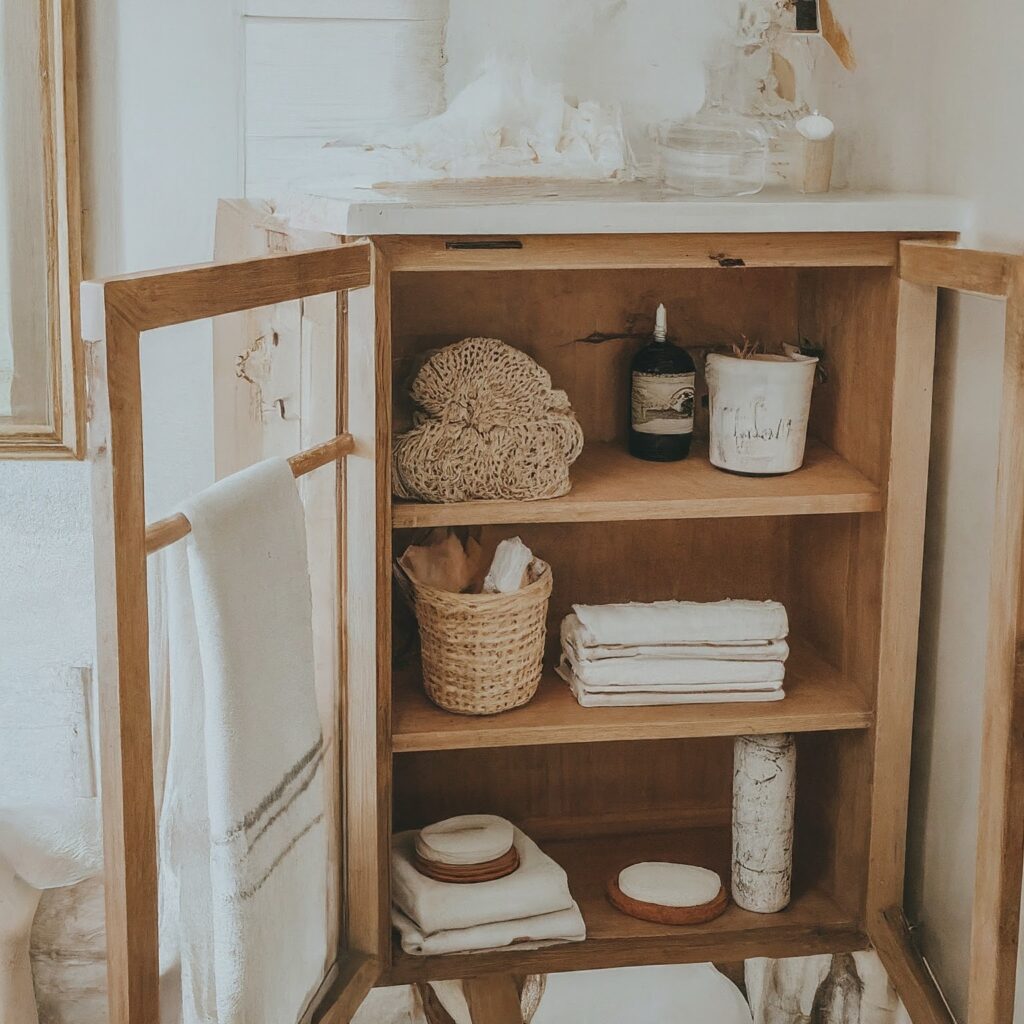
2.4 Toys
A toy is an item with both high emotional and functional value. It’s something the owner frequently uses and derives joy from.
For example: Art supplies that bring joy and are frequently used.
For store step:
1. Category, Order, Proximity, and Ease of Use (C.O.P.E.)
1.1 Category
Category involves sorting items into groups based on similarities. This categorization aids in locating items quickly.
For example: Sorting books into genres such as fiction, non-fiction, and reference.
1.2 Order
Order involves arranging items in a systematic way within their respective categories. This could be based on size, numerical order, or alphabetically.
For example: Arranging clothes in a wardrobe by colour, type, season.
1.3 Proximity
Proximity involves placing frequently used items closer for easy access. The proximity of an item to the user should be directly proportional to its use.
For example: Placing frequently used kitchen utensils in a drawer near the cooking area.
1.4 Ease of Use
Ease of Use involves placing items in a manner that makes them easy to use. This principle saves prep time, reduces frustration, and enhances usability.
For example: Storing everyday items at eye level for easy access.
Conclusion
Decluttering and organizing is an ongoing transformative process that empowers individuals to curate spaces aligned with their values and aspirations. The three-step routine of planning, purging, and storing, coupled with effective techniques like Minimize, Maximize, and Maintain (MMM), Condition and Calamity (C&C), Objective, Tools, and Steps (OTS), Treasure, Trash, Tools, Toys (4T’s), and C.O.P.E. (Category, Order, Proximity, and Ease of Use), offers a structured framework for creating harmonious and functional living spaces. Remember, the final goal is not just to create an organized space, but to maintain it in the long run.
So, are you ready to plan, purge, and store your way to a decluttered and organized space? Let’s dive in.
Note: If you’re unsure of your personal organizational level, take this quiz to learn more about different organizational level and which level you fall in.
